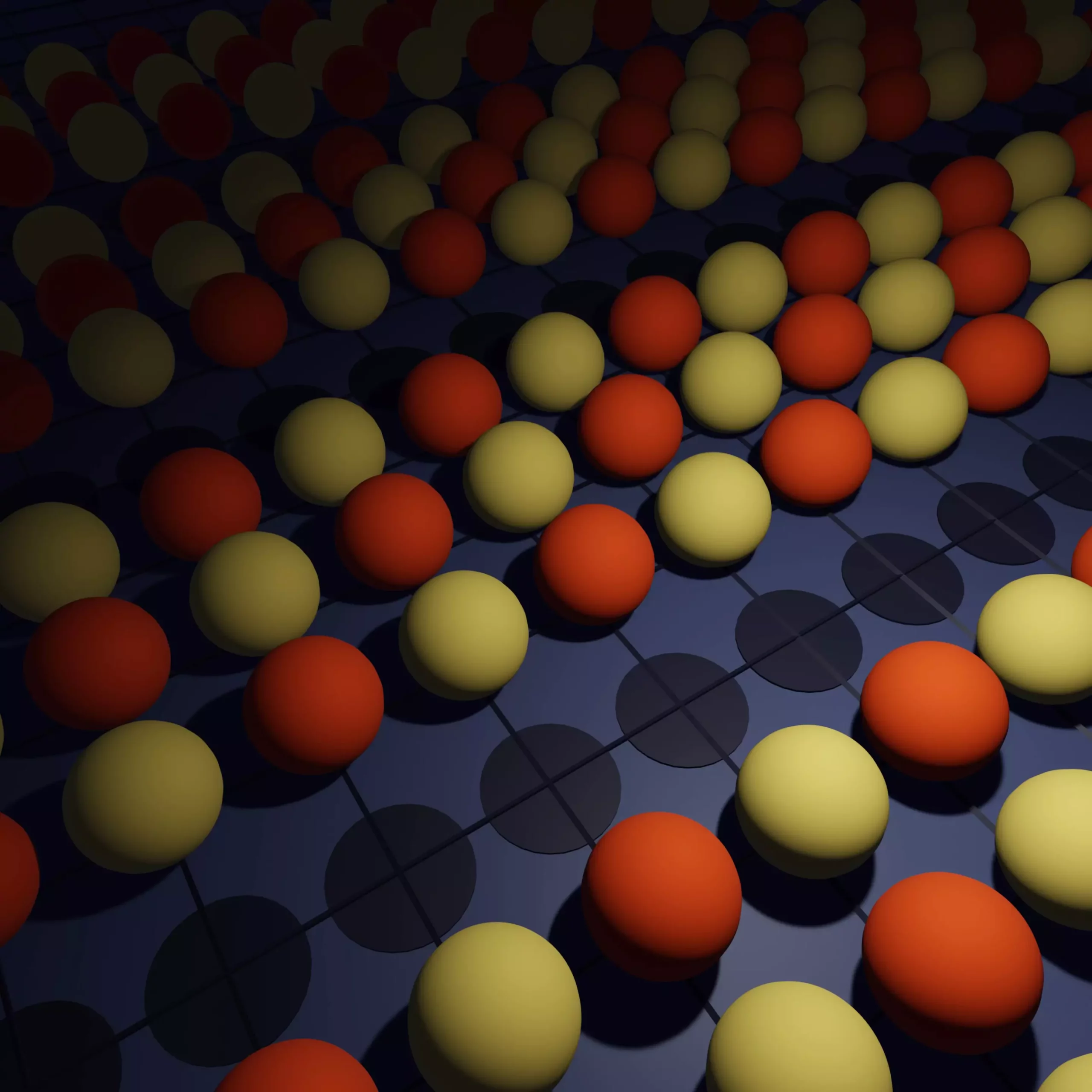The pursuit of room-temperature superconductivity stands as one of the most significant challenges in condensed matter physics. A breakthrough in this area could dramatically impact various technologies, from lossless power transmission to advanced medical imaging and high-speed transportation systems. In a recent publication in *Science*, a team of researchers has made significant strides in understanding the enigmatic “pseudogap,” a phenomenon closely associated with the superconducting properties in certain materials, particularly those enriched with copper and oxygen. This article delves into the intricacies of their findings and their implications for future research.
Superconductivity is a state where electrical resistance vanishes, enabling the free flow of electric current. However, materials that exhibit superconductivity at temperatures below minus 140 degrees Celsius fall into a confusing state known as the pseudogap. In this state, a material’s behavior is unpredictable; it can act like a normal conductor or behave as a semiconductor. This duality has puzzled physicists for decades. The pseudogap is prevalent in high-temperature superconductors, yet its origins and implications for superconductivity at absolute zero remain shrouded in mystery.
Researchers attempted to elucidate the mechanism behind the pseudogap and its affinity to superconductivity, emphasizing the importance of distinguishing its properties as materials transition from elevated temperatures toward absolute zero.
Quantum entanglement adds layers of complexity to computational simulations, as electrons become interconnected in a manner that defies conventional calculations. Direct simulations of multiple electrons are impractical, even for state-of-the-art computers. Researchers have had to innovate by employing clever algorithms and models to analyze the electronic behaviors in these materials effectively.
A prominent model known as the Hubbard model likens the material’s structure to a chessboard, where electrons occupy squares and display spins that can interact under specific conditions. This framework allows scientists to simulate electron movement and predict correlations within materials, yet the challenges remain formidable. A significant obstacle lies in the “hardest computational regime,” characterized by finite temperatures. This intermediary state played a crucial role in the research team’s focus on the pseudogap.
To tackle the complexities of the pseudogap’s behavior at low but finite temperatures, the research team employed an advanced algorithm called diagrammatic Monte Carlo. This method revolutionizes the way simulations are conducted by permitting simultaneous interactions across the entire lattice rather than concentrating on localized areas. Researchers led by Fedor Šimkovic IV employed this approach to shine a light on previously obscured phenomena within their model.
By utilizing diagrammatic Monte Carlo, the team could investigate what occurs when pseudogap materials cool down. Their research confirmed that two crucial states emerge during the cooling process: the development of stripe configurations in which electrons arrange themselves in rows of identical spins and the transition to superconductivity, contingent on the specific electron filling within the model.
Key Findings and Their Implications
The study conclusively showed that as materials with a pseudogap approach absolute zero, they tend to organize into striped arrangements. This transition adds a layer of understanding not only to the pseudogap but also to superconductivity itself. Intriguingly, the researchers found that modifying the Hubbard model to allow diagonal electron movement could lead to superconductivity emerging from the pseudogap state.
Additionally, the research answered fundamental questions regarding the nature of the pseudogap, particularly its formation based on electron arrangements. The detection of non-uniform arrangements within the lattice leads to the onset of the pseudogap, challenging existing paradigms.
Broader Impact on Quantum Research
Beyond the immediate implications for superconductivity research, the findings are poised to influence a variety of other fields, including quantum gas simulation. By approximating conditions within ultracold environments where the pseudogap is predicted to form, these insights help bridge the gap between theoretical constructs and experimental validation.
Antoine Georges, a director at the Flatiron Institute, emphasizes that this work represents a collective endeavor among scientists to unify computational approaches, ultimately contributing to a deeper understanding of complex quantum systems. With these advancements, researchers are hopeful that future studies will continue to dismantle barriers in superconductivity research, potentially bringing the world closer to achieving room-temperature superconductivity.
The revelations surrounding the pseudogap signify an exciting new chapter in condensed matter physics. They not only enhance our understanding of superconductive materials but also mark a pivotal moment in the long-standing quest for room-temperature superconductivity. With ongoing innovations in computational techniques, the scientific community stands ready to explore uncharted territories, bringing us one step closer to realizing profound technological advancements that can reshape our world.

